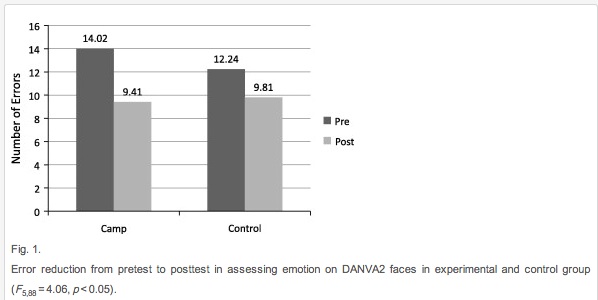This is a great article exploring the connection we have with our devices.
Click here to view original article.
It would be tough to think up a more plum assignment for a test subject: Simply step into an empty room, sit down, and think.
Just think.
But in a study to appear in Thursday’s issue of the journal Science, participants found the experience within their own heads surprisingly difficult to manage — if not downright unpleasant.
Stripped of their books, cellphones and other distractions, many, including a majority of men, preferred to instead pass the time by reaching for the sole form of electronic entertainment in the room: a 9-volt battery administering a “severe static shock” when touched.
“It’s probably an issue of how we can control our minds and thoughts,” says Timothy Wilson, professor of psychology at the University of Virginia and a co-author of the study, which attempts to measure the enjoyment found in allowing our minds to simply wander.
That represents a novel approach to the study of human distractibility, in which the “wandering mind” is often itself the distraction: a symptom of our multitasking, digitized culture that interrupts our pleasure reading, test-taking and work lives.
“No one had looked at mind wandering as an end in and of itself,” Wilson says.
But as it turns out, we’re easily distracted from that too, plagued by a natural impulse to seek out the physical “engagement” wherever we might find it — even if it zaps us.
In the words of T.S. Eliot, we find ourselves “distracted from distraction by distraction.”
Wilson says he and his colleagues were initially skeptical of including the shock device as an outlet for subjects to escape their thoughts. Given that participants were warned the contraption would give them a painful jolt, the researchers asked the seemingly obvious: “Why is someone going to shock themselves?”
The most common answers: boredom and curiosity.
Wilson sees that response as a symptom of our animal instincts. “Our minds have evolved to a point where we do have this alternative; we’re the only animals that can turn off engagement and turn into our own heads,” he says. “But we still have that mammalian brain that wants to engage.”
The journey to “my happy place,” as Wilson puts it, or a state of enjoyable, wandering thought, usually occurs during activities involving low-level engagement, like when we drive or take a stroll. For many, thinking becomes quite difficult when we’re placed in an empty lab room and robbed of even the mildest forms of physical activity.
In a situation like that, we naturally reach for the nearest available source of engagement: sometimes by poking a rudimentary shock device, but more often by whipping out our smartphones.
Wilson notes that the experience of solitary thinking became even less bearable when participants were asked to replicate the experiment in the comfort of their own homes, moving the study from the bare lab room to our modern dens of digital connectivity and distraction.
Although participants were asked to pick a time when they didn’t feel rushed and to put away all electronic devices, “all those things were there,” he says. “Your phone is right there, and you know you’re not supposed to do it.”
“They couldn’t even go for six to 12 minutes,” Wilson says, without succumbing to the pressures of physical distraction. Those results suggest the attraction of our devices may be found simply in their availability, offering a heady escape when our animal brains lack the proper physical engagement.
“If it’s there, we’ll use it,” goes one of the more common laments about our digital culture. But don’t blame us; we’re only mammals.



